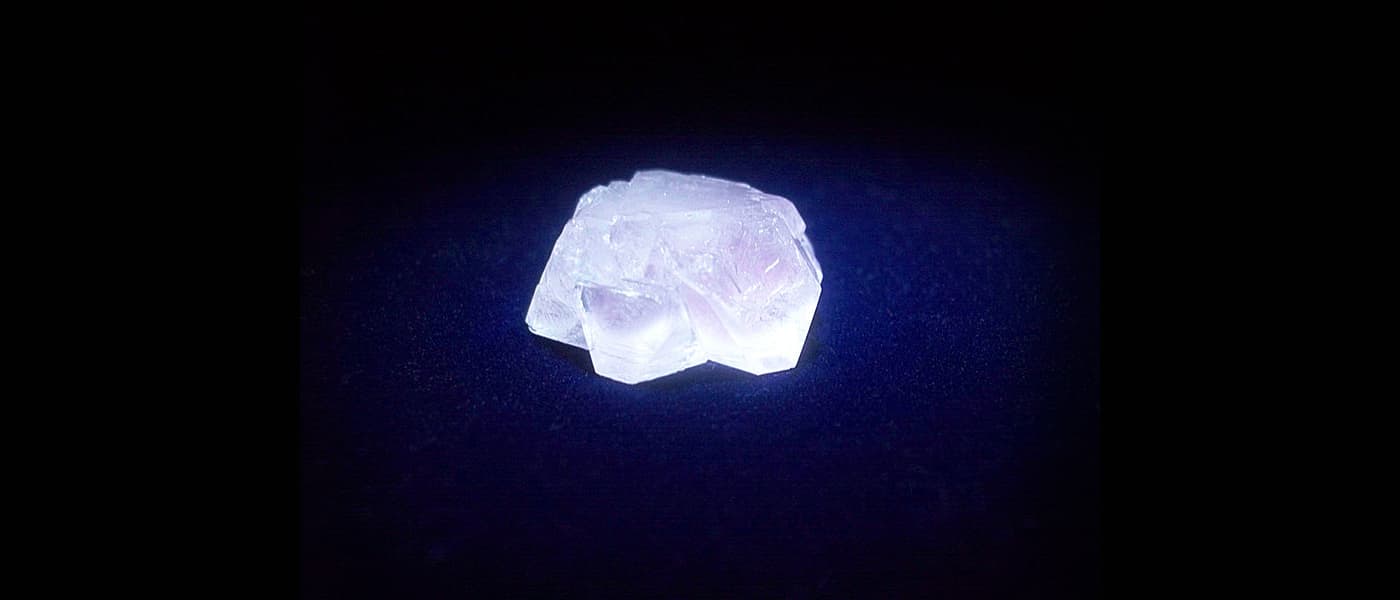Making a Time Crystal
A time crystal, without going into much detail, is an object appearing to have movement while remaining at its ground state — an idea proposed by theoretical physicist and Nobel laureate Frank Wilczek in 2012. In an article published last month, we featured how "floquet time crystals" were theoretically possible, according to researchers from the University of California, Santa Barbara (UCSB).
This time, a team of scientists from the University of Maryland took the research further by actually building a working time crystal. The experiment involved creating a quantum system, where a group of ions form a ring shape structure cooled to their ground state.
In order to observe the unobservable perpetual spontaneous break in time-translation symmetry of time crystals, the researchers used a quantum system that evolves over time.
They used ytterbium ions, chaining them in an out-of-equilibrium state that localized them in a specific space, with spins interacting with one another. Then, a laser was used to change the spin of certain ytterbium ions, one after the other, creating continuous oscillation.
A Study in Strange
The results were surprising: after observing and allowing the quantum system to evolve, the continuous interactions were occurring at twice the original period. "Since there is no driving force with that period, the only explanation is that the time symmetry must have been broken, thereby allowing these longer periods. In other words, [they] had created a time crystal," according to MIT Technology Review.
Time crystals exist as some sort of loophole in the law of physics, by existing in motion without energy consumption — a spontaneous break in time-translation symmetry — now made observable in time. However, in as much as the movement made by time crystals do not use consume energy, neither can it produce any. Also according to Tech Review, "Of course, it would never be possible to extract energy from this motion - that would violate the conservation of energy."
The experiment has been forwarded for peer review where the experiment will hopefully be able to be replicated.
Still, in just a few years, what was first thought to be impossible was explained theoretically probable and then proven really possible. The existence of time crystals can help us work around the problem of quantum memory and push quantum computing research further.
Share This Article
